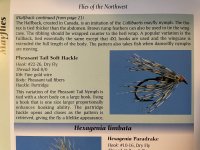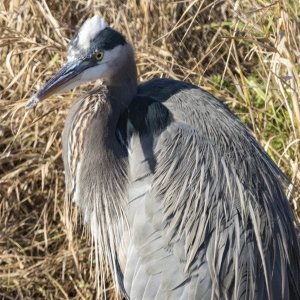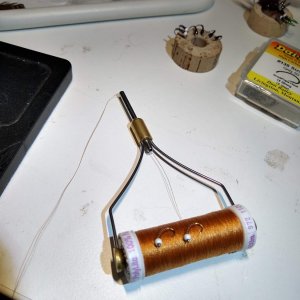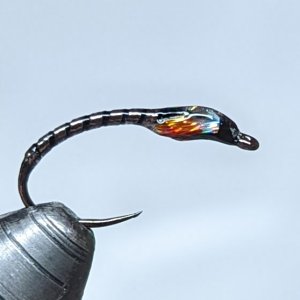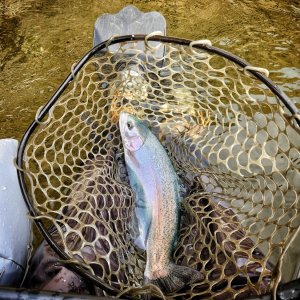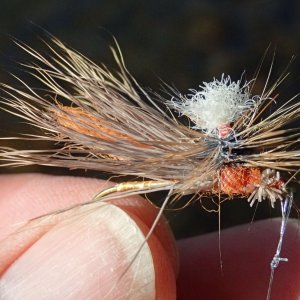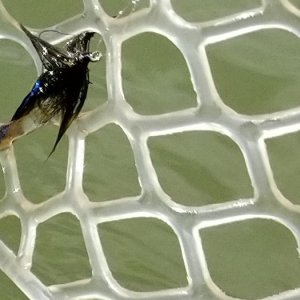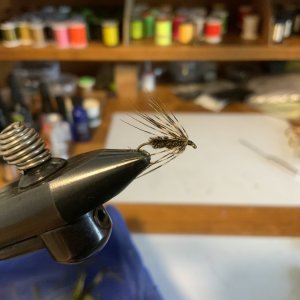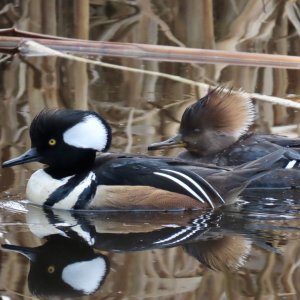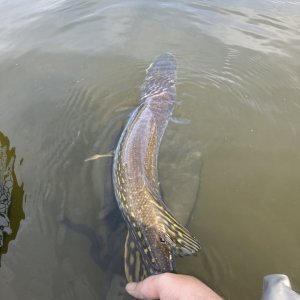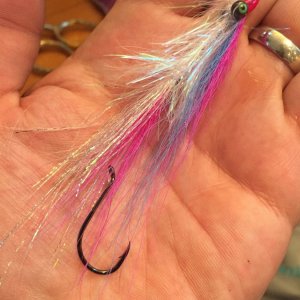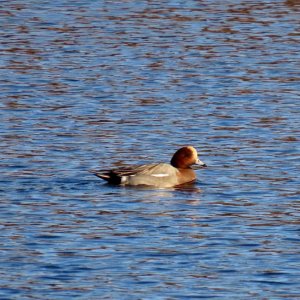I recently fished the Deschutes during a pretty big March Brown hatch with little success. Despite the number of naturals floating by, the fish weren't interested.
I tried again a few days later. The hatch was much lighter, but still no takers. I did see a few good-sized 'bows breaching like porpoises, but they weren't taking them off the surface. I didn't see any surface dimples though (other than rain). (Oddly, they were jumping in the direction of the flow, proving that fish don't always face upriver.)
At the time I suspected they were taking emergers. Does that seem right? What would you try in a similar situation? Do you have a favorite mayfly emerger pattern for the D?
I tried again a few days later. The hatch was much lighter, but still no takers. I did see a few good-sized 'bows breaching like porpoises, but they weren't taking them off the surface. I didn't see any surface dimples though (other than rain). (Oddly, they were jumping in the direction of the flow, proving that fish don't always face upriver.)
At the time I suspected they were taking emergers. Does that seem right? What would you try in a similar situation? Do you have a favorite mayfly emerger pattern for the D?

